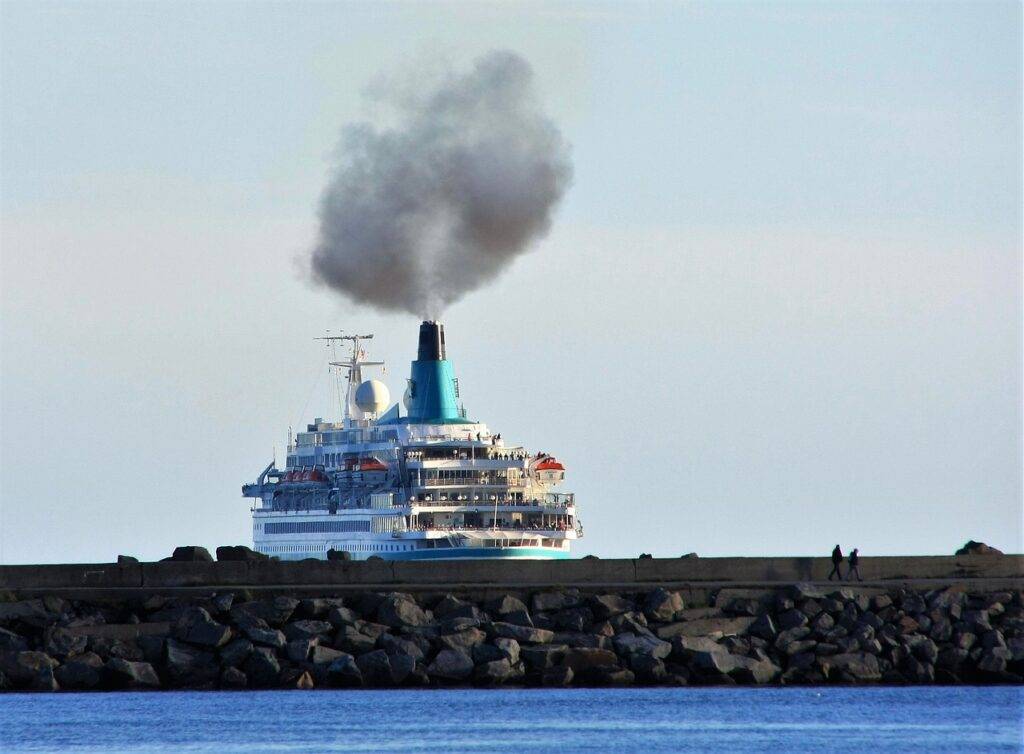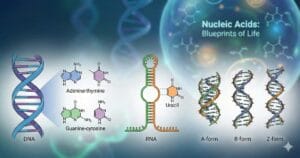
COMPETITIVE EXAM MCQs SERIES of ENVIRONMENTAL SCIENCE for UGC-NET/JRF, SLET, ARS, GATE, and other entrance tests – Environmental Geosciences – Natural Resources Exploration and Exploitation.
Syllabus Outline
- Geological exploration techniques (e.g. surveys, mapping, remote sensing, and geophysical methods).
- Mineral exploration and exploitation (e.g. metallic and non-metallic minerals).
- Mining methods, environmental impacts, and sustainable practices.
- Oil and gas exploration techniques, reservoir characterization, extraction methods, and environmental considerations.
- Renewable resource exploration and exploitation (e.g. water, wind, solar, and biomass).
- Sustainable harvesting of renewable resources and environmental impacts.
This quiz contains the concept-based most frequently asked 25 MCQs of “Environmental Geosciences – Natural Resources Exploration and Exploitation“. Each question has a single correct/most appropriate answer.
*****
1. Which of the following geological features is most likely to indicate the presence of oil reserves?
a) Sedimentary basins
b) Fold mountains
c) Volcanic rocks
d) Anticlines
2. In which type of geological setting are porphyry copper deposits most commonly found?
a) Sedimentary basins
b) Karst landscapes
c) Volcanic regions
d) Rift valleys
3. What is the primary method for extracting lithium from lithium-bearing minerals?
a) Smelting
b) Cyanidation
c) Acid leaching
d) Froth flotation
4. What is the primary source of energy used in the process of smelting iron ore?
a) Hydroelectric power
b) Natural gas
c) Coal
d) Solar power
5. What does the term seismic survey refer to in marine exploration for oil and gas?
a) Studying ocean currents
b) Measuring underwater earthquakes
c) Mapping the ocean floor
d) Imaging subsurface geology
6. In which geological setting are coal seams most commonly found?
a) Sedimentary basins
b) Igneous rocks
c) Metamorphic rocks
d) Karst landscapes
7. What is the primary method used for groundwater exploration in regions with thick layers of sediment?
a) Seismic survey
b) Ground-penetrating radar
c) Electrical resistivity survey
d) Remote sensing
8. Which type of sedimentary rock is most commonly associated with hydrocarbon reservoirs?
a) Limestone
b) Shale
c) Sandstone
d) Conglomerate
9. What is the primary advantage of nuclear fusion over nuclear fission for energy production?
a) Greater fuel abundance
b) Lower radioactive waste production
c) Safer reactor operation
d) Higher energy efficiency
10. What is the term for restoring a mined area to its original state or a state suitable for other uses?
a) Reclamation
b) Remediation
c) Rehabilitation
d) Restoration
11. Which of the following minerals is commonly extracted using the method of froth flotation?
a) Iron
b) Coal
c) Copper
d) Gold
12. In which type of geological setting are kimberlite pipes commonly found?
a) Sedimentary basins
b) Volcanic regions
c) Rift valleys
d) Karst landscapes
13. In which type of geological setting are placer deposits most commonly found?
a) Desert basins
b) Volcanic regions
c) Karst landscapes
d) Glacial regions
14. Which of the following is a common method for offshore oil drilling?
a) Hydraulic fracturing
b) Rotary drilling
c) Directional drilling
d) Mountaintop removal
15. Which of the following geological structures is commonly associated with the formation of hydrothermal mineral deposits?
a) Faults
b) Plateaus
c) Basins
d) Domes
16. What is the primary method used for groundwater exploration in arid regions?
a) Seismic survey
b) Remote sensing
c) Electrical resistivity survey
d) Ground-penetrating radar
17. Which of the following geological structures is most conducive to the formation of mineral deposits?
a) Deltas
b) Faults
c) Plains
d) Plateaus
18. In which geological setting are bauxite deposits most commonly found?
a) Metamorphic rocks
b) Karst landscapes
c) Igneous rocks
d) Sedimentary rocks
19. What is the primary method used for oil exploration in offshore environments?
a) Gravity survey
b) Seismic survey
c) Remote sensing
d) Magnetic survey
20. What is a key challenge associated with oil extraction from tar sands?
a) Easy accessibility of reserves
b) Low energy density of the extracted oil
c) High water usage and contamination
d) Minimal environmental impact
21. The Ghyben-Herzberg relation is associated with which natural resource?
a) Oil
b) Groundwater
c) Minerals
d) Coal
22. In which type of geological setting are kimberlite indicator minerals commonly found?
a) Karst landscapes
b) Igneous rocks
c) Volcanic regions
d) Sedimentary basins
23. Which mineral is commonly used in rechargeable batteries for electric vehicles?
a) Nickel
b) Lithium
c) Cobalt
d) Graphite
24. Which of the following factors contributes to the formation of fossil fuels over millions of years?
a) Volcanic eruptions
b) Accumulation of organic matter
c) Intense sunlight exposure
d) Rapid cooling of magma
25. Which of the following minerals is commonly extracted using the method of heap leaching?
a) Copper
b) Coal
c) Gold
d) Iron
*****
Previous: Hydrogeology and Hydrology
Next: Natural Hazards
References
- Katherine Potter (2022) Natural Resources: Exploitation, Depletion and Conservation, Callisto.
- Steve Dennis (2012) Natural Resources & the Informed Citizen, Sagamore Pub Trade, 2nd edition
- John C. Clausen (2017) Introduction to Water Resources, Waveland Press, Inc.

